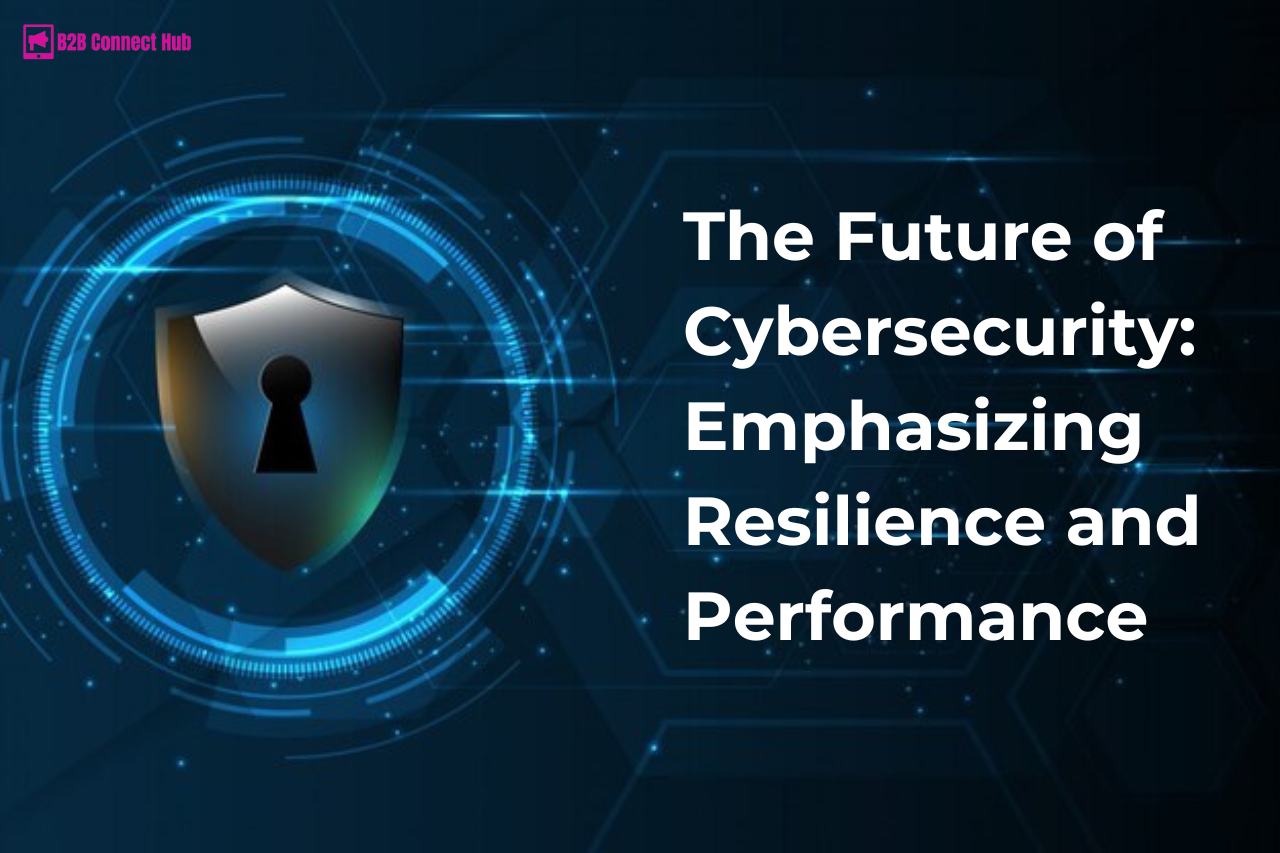The Future of Cybersecurity: Emphasizing Resilience and Performance:
As the digital landscape evolves, so does the threat landscape. Organizations face increasingly sophisticated cyber threats, making it essential to focus on resilience and performance in cybersecurity strategies. This blog explores the emerging trends in cybersecurity and how businesses can enhance their resilience and performance to protect their valuable assets.
Understanding Resilience in Cybersecurity
Resilience in cybersecurity refers to an organization’s ability to prepare for, respond to, and recover from cyber incidents. It encompasses a proactive approach to identifying vulnerabilities, implementing preventive measures, and ensuring swift recovery in the face of a cyberattack. A resilient cybersecurity strategy allows organizations to maintain operations and minimize downtime, ultimately protecting their reputation and financial stability.
The Role of Performance in Cybersecurity
Performance in cybersecurity involves the efficiency and effectiveness of security measures and protocols. It encompasses aspects such as the speed of threat detection, response time to incidents, and the overall functionality of security tools. As cyber threats continue to evolve, organizations must prioritize performance to ensure they can respond quickly and effectively to incidents, minimizing the impact on operations.
Key Trends Shaping the Future of Cybersecurity
- Zero Trust Architecture
Adopting a zero-trust approach means that no user or device is trusted by default, even if they are within the network perimeter. This trend enhances resilience by reducing the attack surface and ensuring continuous verification of users and devices. - AI and Machine Learning Integration
The use of artificial intelligence (AI) and machine learning (ML) in cybersecurity allows organizations to analyze vast amounts of data and identify patterns indicative of cyber threats. These technologies improve performance by automating threat detection and response, enabling faster incident management. - Cloud Security Solutions
With the growing reliance on cloud services, organizations must invest in robust cloud security solutions. These solutions enhance resilience by providing advanced security measures and compliance capabilities to protect sensitive data in the cloud. - Cybersecurity Awareness Training
Human error remains a significant factor in cyber incidents. Regular training and awareness programs help employees recognize potential threats, fostering a culture of security within the organization and enhancing overall resilience. - Regulatory Compliance and Standards
Organizations must stay abreast of changing regulations and industry standards. Compliance not only enhances resilience by ensuring robust security practices but also instills confidence in customers and stakeholders.
Best Practices for Enhancing Resilience and Performance
- Conduct Regular Security Assessments
Frequent assessments help identify vulnerabilities and weaknesses in security protocols, allowing organizations to address potential issues before they become major problems. - Invest in Advanced Security Technologies
Implementing next-gen security solutions, such as intrusion detection systems and advanced threat intelligence platforms, enhances both resilience and performance. - Develop an Incident Response Plan
A well-defined incident response plan enables organizations to respond swiftly to cyber incidents, minimizing downtime and impact on operations. - Foster a Culture of Cybersecurity
Encourage employees at all levels to prioritize cybersecurity in their daily activities. A culture of awareness and vigilance strengthens organizational resilience. - Regularly Update Security Policies
As cyber threats evolve, organizations must continuously update their security policies and practices to address new risks and ensure optimal performance.
Conclusion
The future of cybersecurity lies in an organization’s ability to emphasize resilience and performance. By adopting proactive strategies and leveraging the latest trends, businesses can effectively safeguard their assets and ensure operational continuity in an increasingly challenging threat landscape. Embracing these principles will not only protect organizations from cyber threats but also enhance their overall performance and reputation in the digital age.
Post Views: 261






